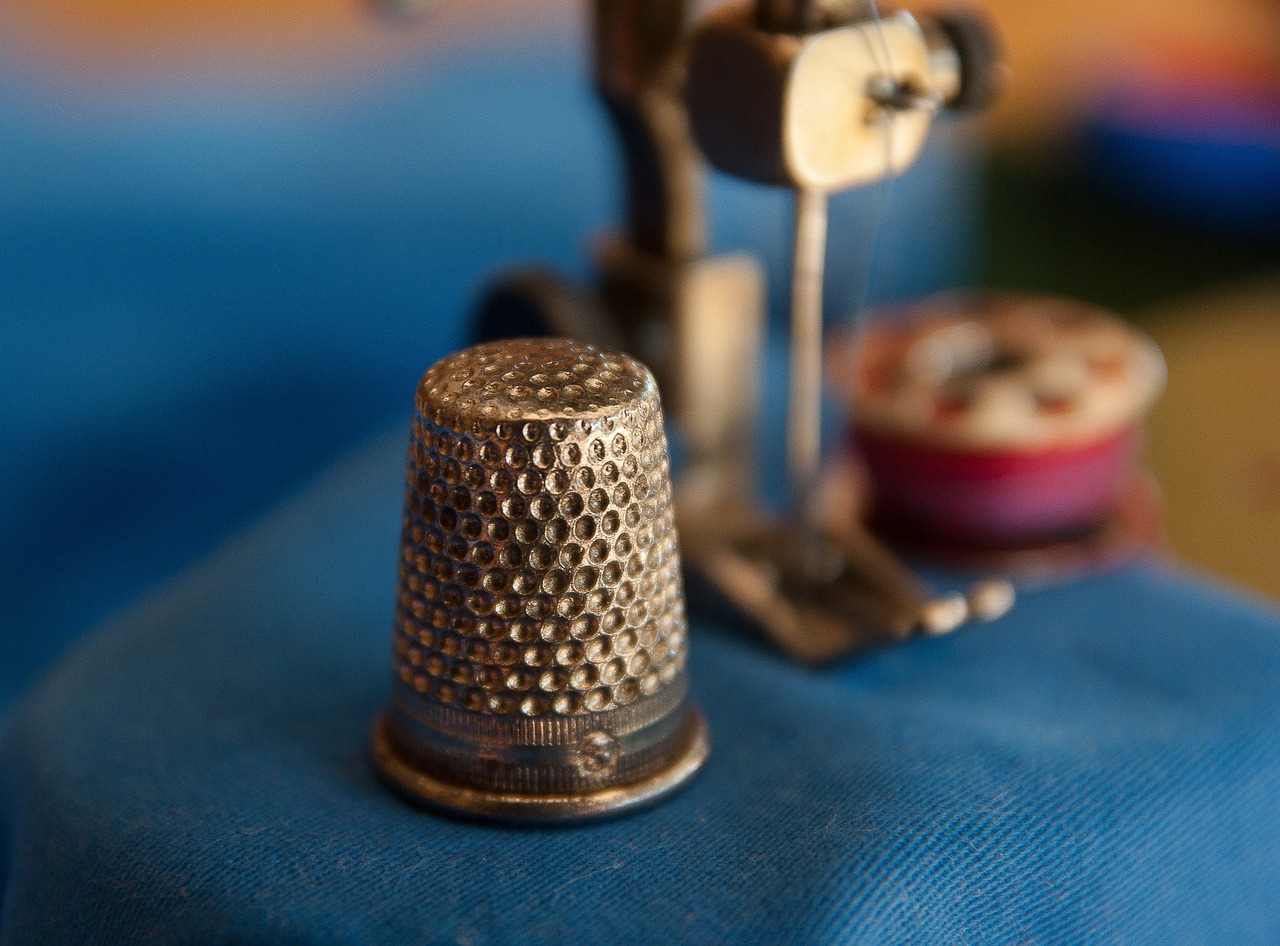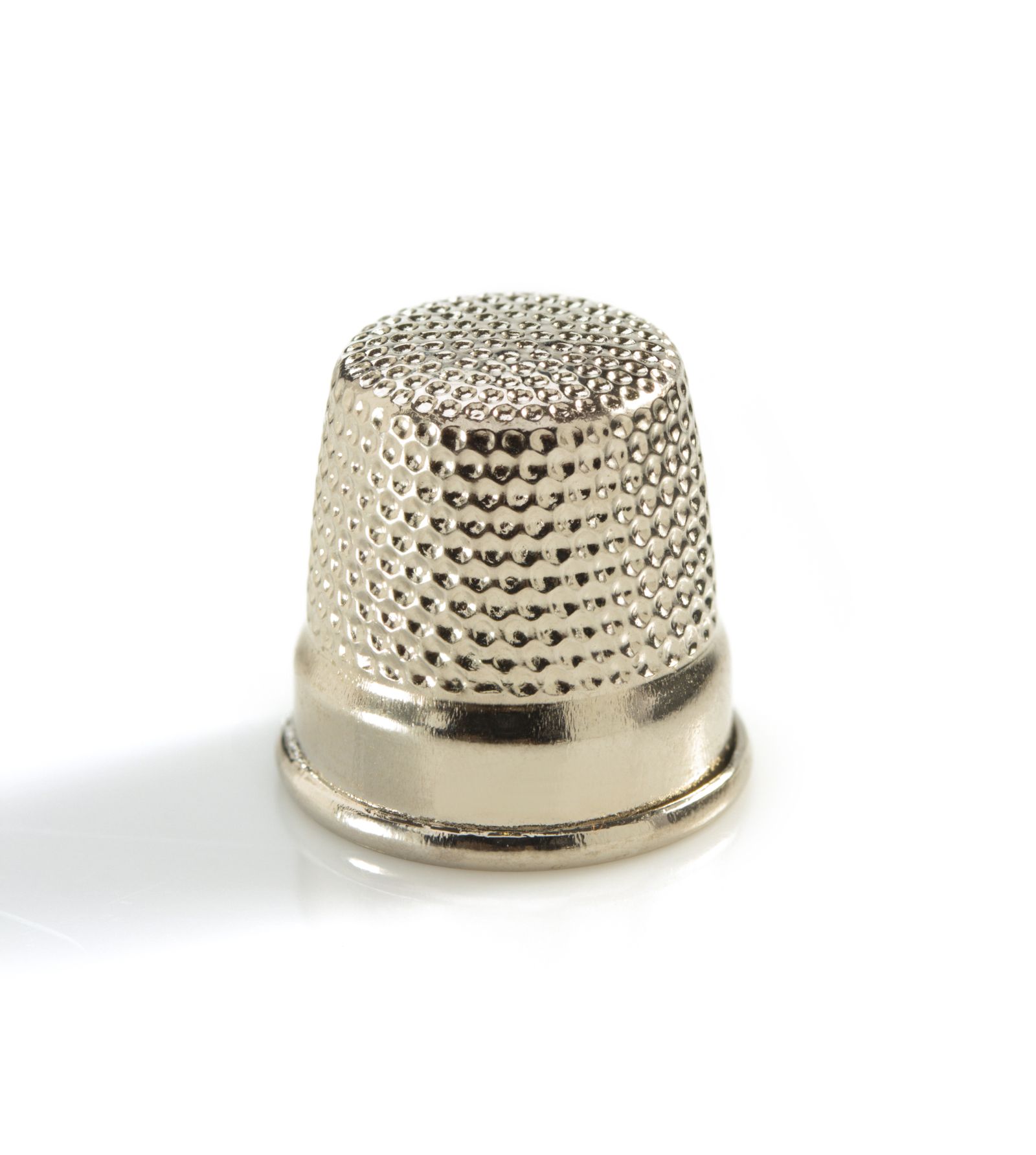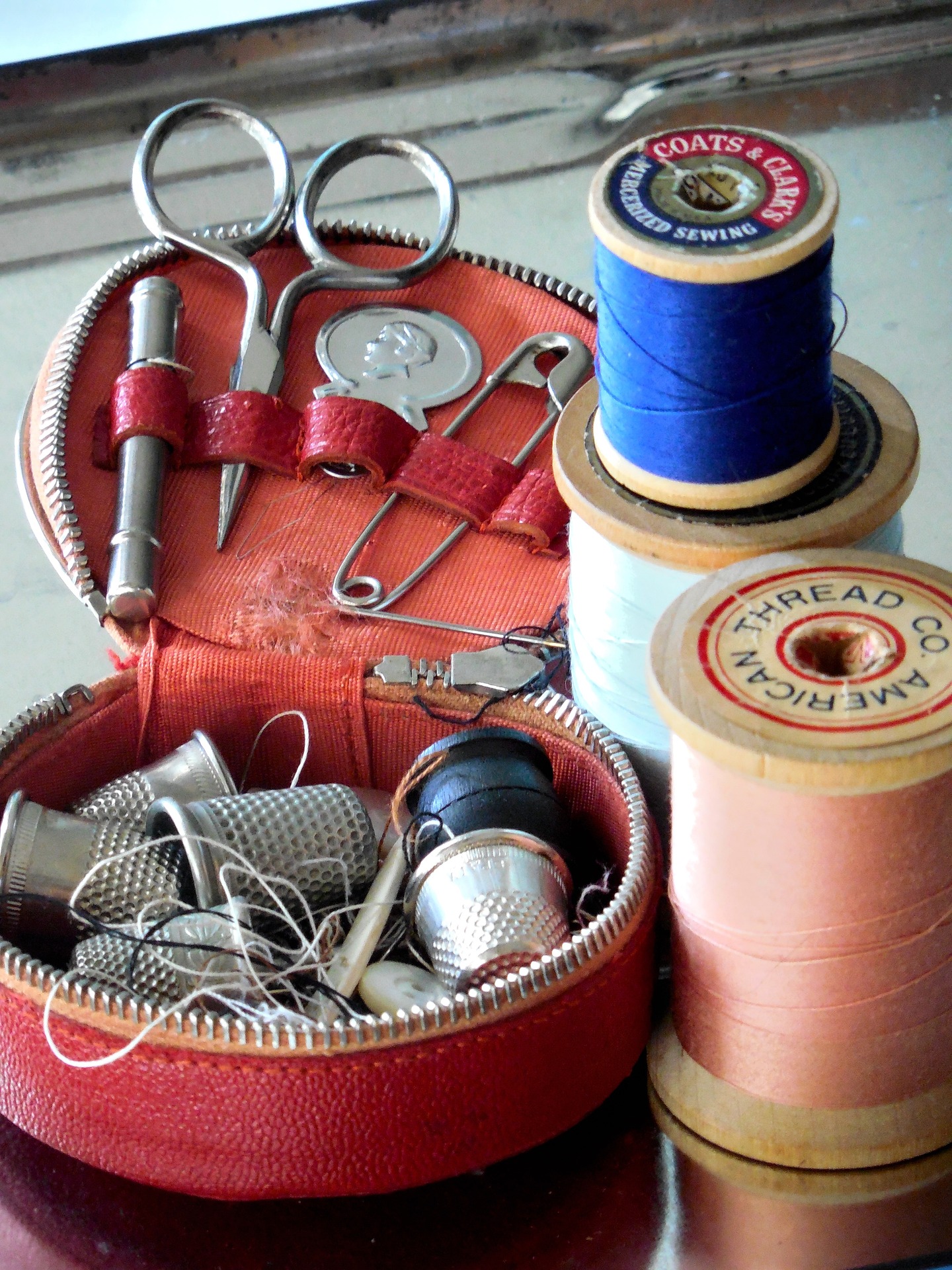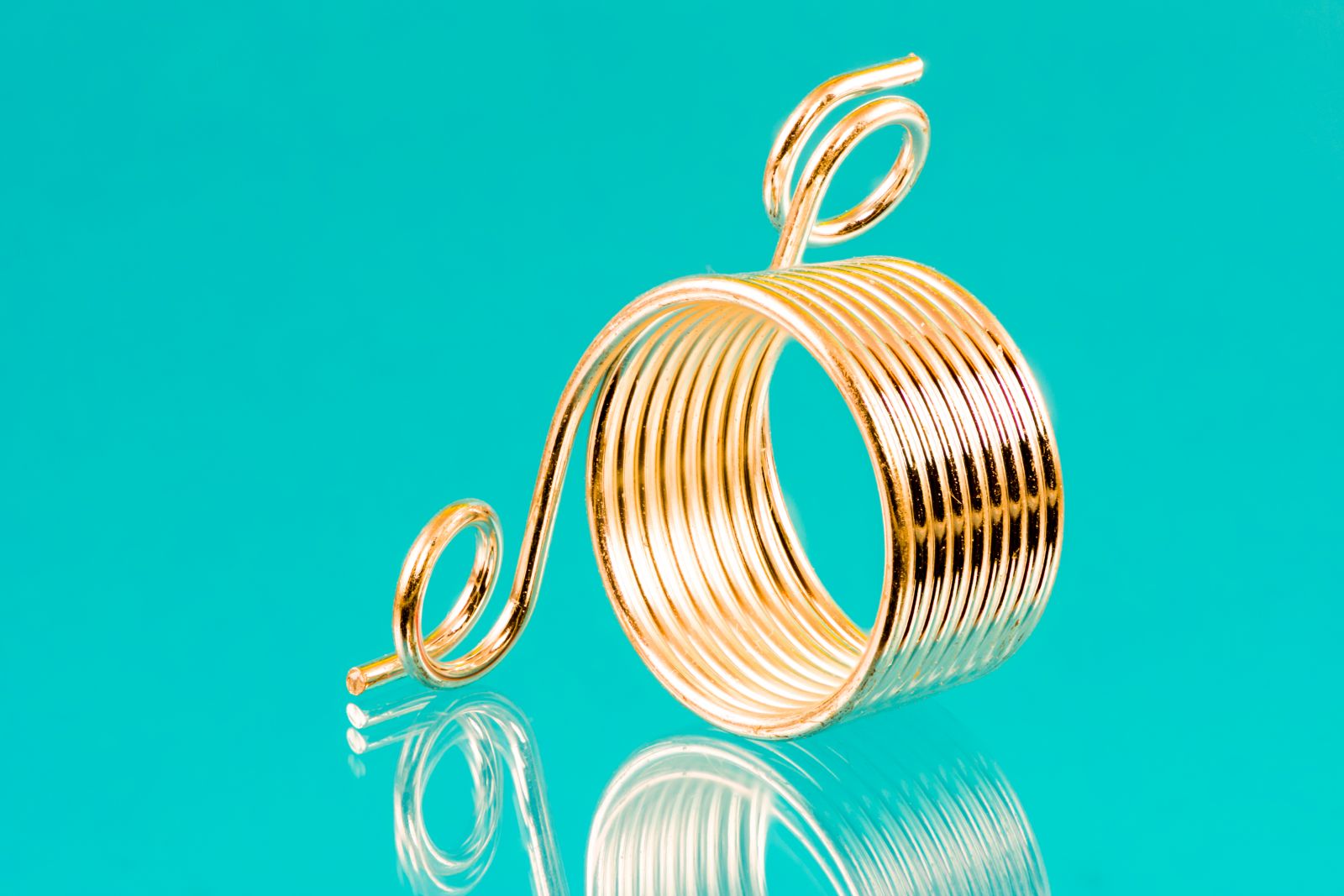
Thimbles are a staple tool for sewers and embroiderers, but have you ever stopped to think about the different parts that make up a thimble and their functions? Understanding the anatomy of a thimble can help you choose the best one for your needs and make the most of its unique features.
The cap is the top portion of a thimble and serves as a protective barrier for your fingertip. Caps can be flat or domed and are usually made of metal, ceramic, or other durable materials. The cap also provides a surface for pushing the needle through fabric, helping to prevent slips and injuries.
The skirt is the lower portion of a thimble and fits around the finger. Skirts can be smooth or textured to provide better grip and traction, and they are often decorated with designs or patterns for aesthetic appeal.
The rim is the edge where the cap and skirt of a thimble meet. A well-crafted thimble should have a smooth and even rim to prevent snagging or catching on fabrics. The thickness of the rim can also affect the fit and comfort of the thimble.
The dimple is a small indentation on the inside of the thimble, usually located at the tip of the cap. The dimple helps to keep the needle in place while pushing it through fabric, reducing the need for excessive pressure and preventing the needle from slipping off the thimble.
The vents are small holes or slits located on the sides of the thimble. Vents allow for air circulation and prevent sweat buildup, improving comfort and preventing slipping.
Finally, the material of the thimble can also affect its performance and durability. Metal thimbles are strong and long-lasting, but can be heavy and uncomfortable. Ceramic thimbles are lightweight and decorative, but may not offer as much protection as metal. Leather thimbles are soft and comfortable, but may wear out more quickly than metal or ceramic.
Understanding the anatomy of a thimble can help you choose the best thimble for your needs and make the most of its unique features. From the cap to the vents, each part of a thimble plays a specific role in providing protection and comfort while sewing or embroidering. By choosing the right thimble and paying attention to its anatomy, you can enjoy a productive and enjoyable needlework experience.





